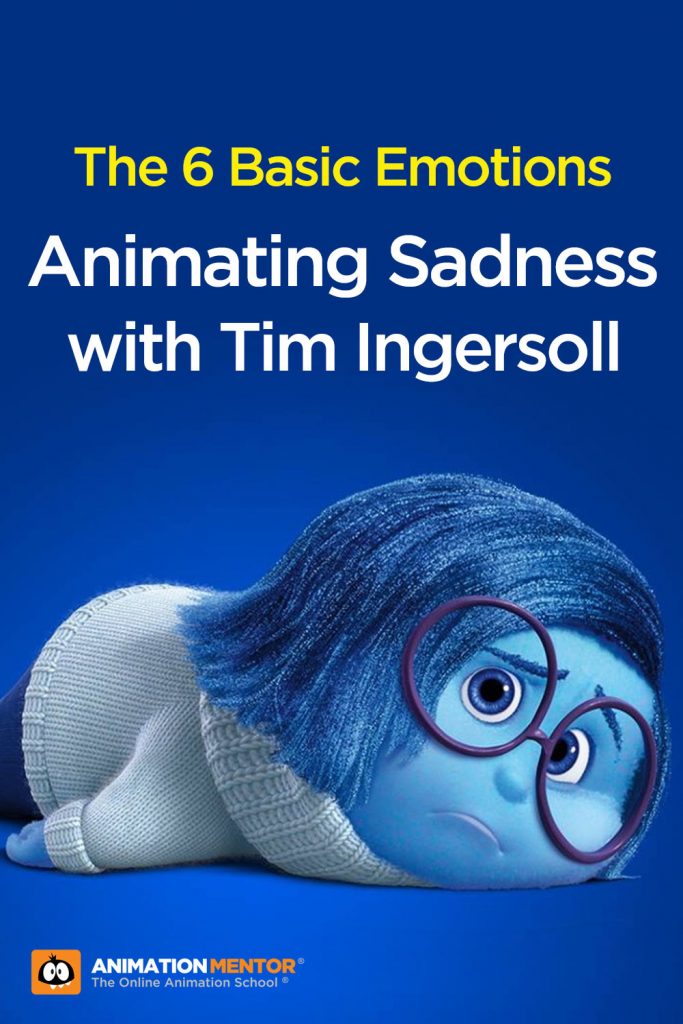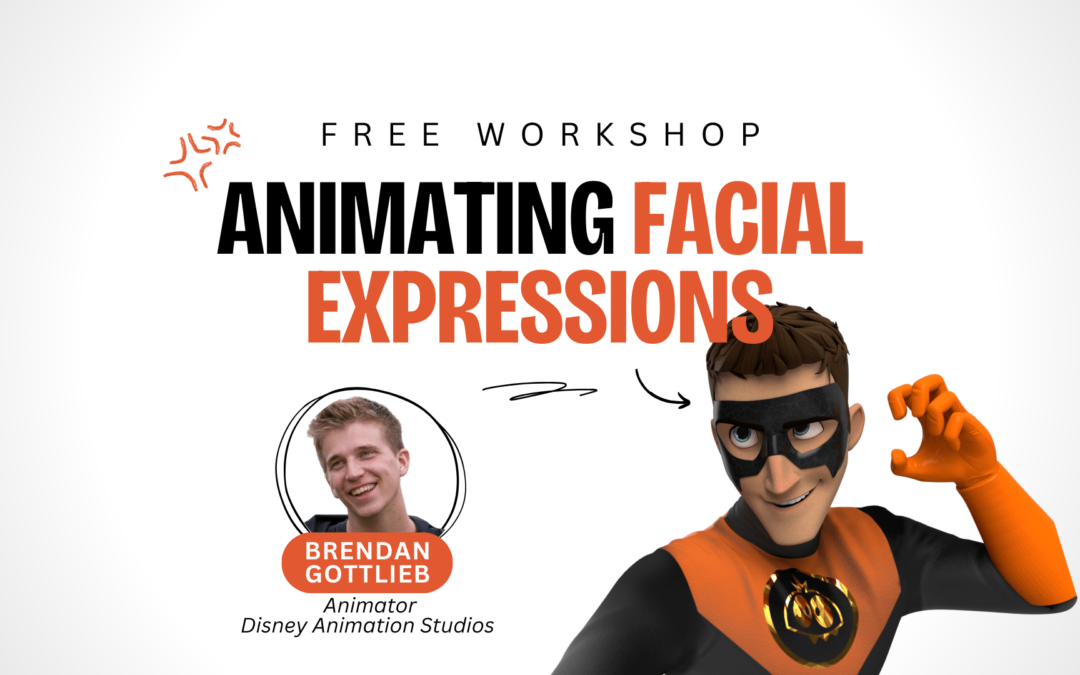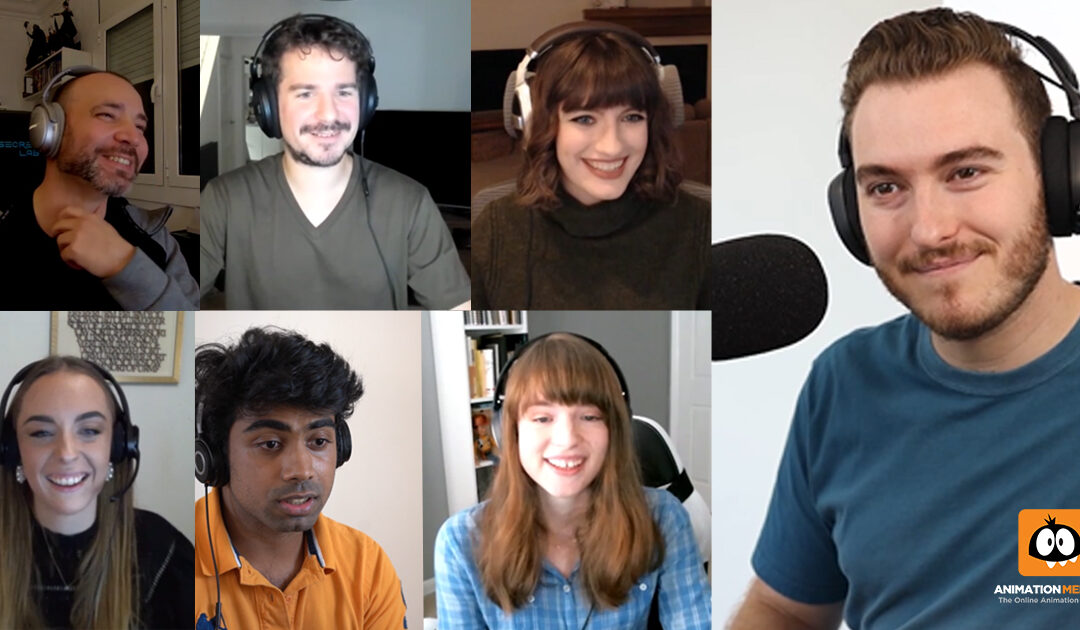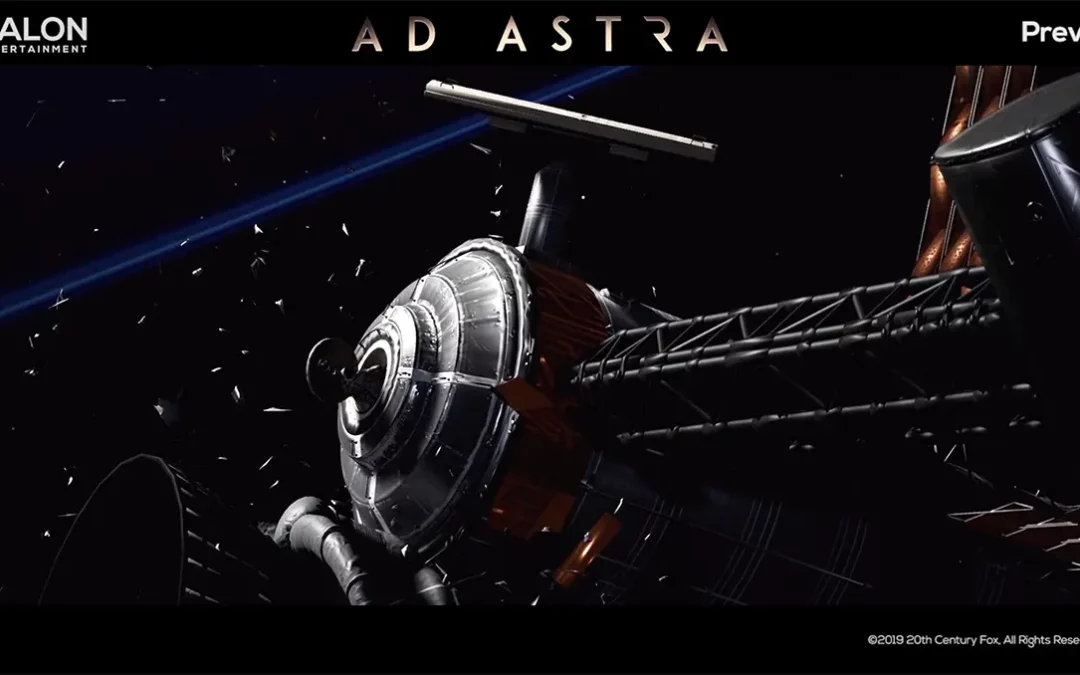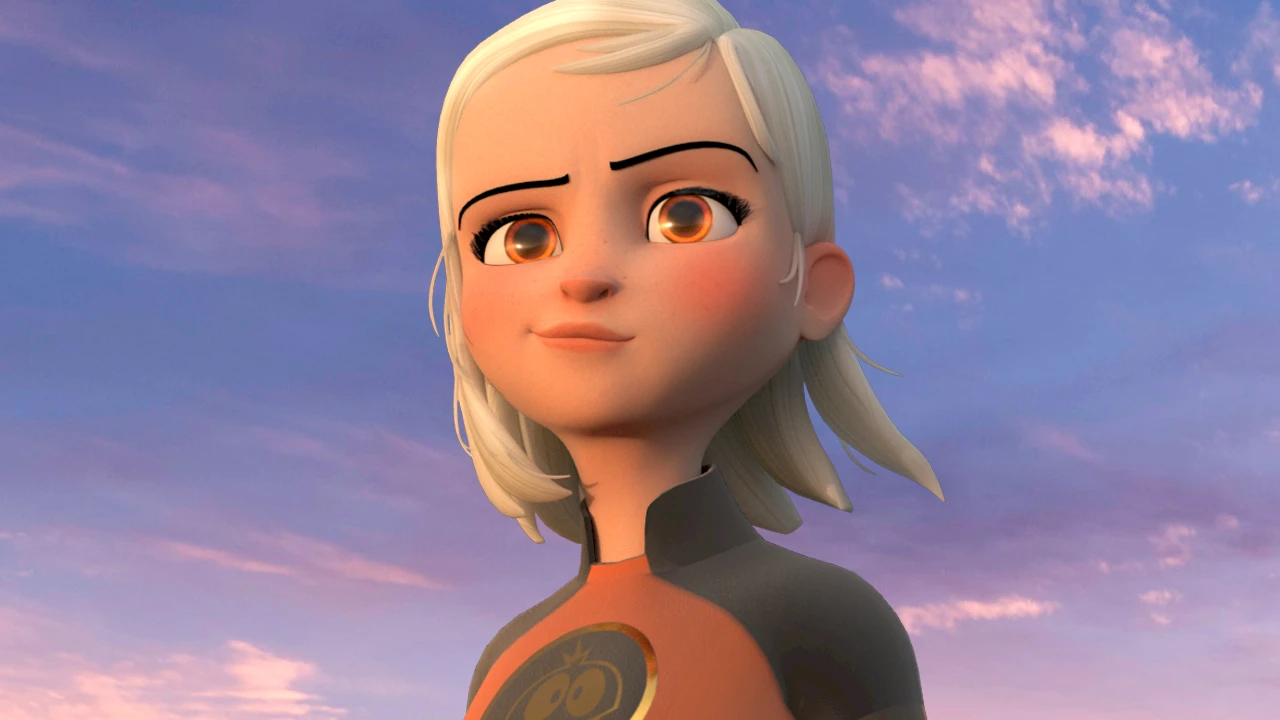
Ariel, heartbroken, in Disney’s The Little Mermaid
Out of all the animated films I worked on, The Little Mermaid was one of my favorites. Especially the scene of Ariel, breaking down in a heap of tears. Since this article is about animating sadness, I thought that this was appropriate.
Disney’s The Little Mermaid via Giphy
Ariel finds out Eric (the prince) is getting married. She runs to the side of the ship, leans against a column, tries to catch her breath, as her chest heaves in and out, her lips are quivering and she slowly slides down and collapses to the ground, her head buried deep in her lap as Sebastian the crab, and Flounder look on. No word is said, or needs to be said. It’s a beautiful, sad moment.
But HOW do you achieve this?
Well, CONTRAST is a good way to show any emotional change. Obviously this depends on what the director or storyboard artist says about the flow of the movie. But, if you’re independent or a student making your own animation, a good way to show any new emotion is through change. In body language and in facial expressions.
CONTRAST is a good way to show any emotional change.
Have a character change from what they were thinking (happy, content, angry, impatient) and transition to another emotional state such as sadness. You need to slow the character down, if they are moving a lot. The audience needs to see their face.
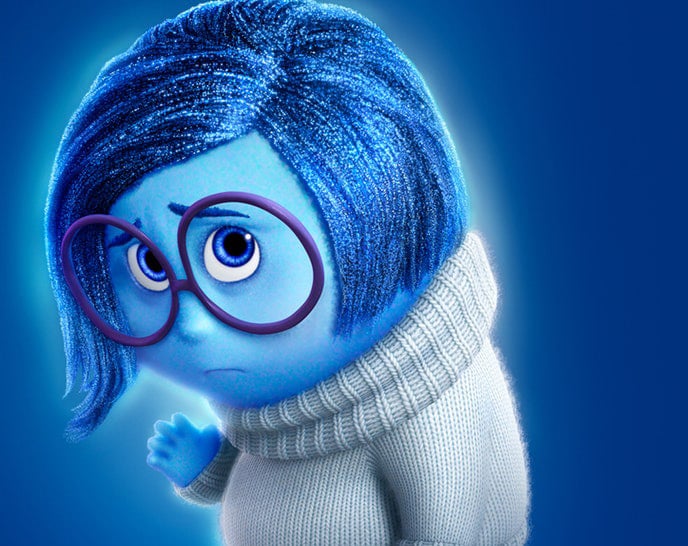
Sadness from Pixar’s Inside Out
Generally this is a chain reaction, beginning with the eyes. They are truly the windows to the soul, so show that reflective thought. The key is the in-between moment, such as an anticipation up, in the eyebrows, which is the brain processing the cause of the sadness. This is the light bulb moment or the “aha” moment we refer to. This is when we BELIEVE the character is thinking and really have empathy and care about this character.
Disney’s Lilo and Stitch via GIPHY
The Chain Reaction starts with the eyes, typically followed by the mouth, then the head, the neck, the shoulders, and the body follows.
Occasionally it’s nice to animate the character trying to hide or suppress their shock and sadness.
There’s a great example of this in the movie The Holiday. Kate Winslet’s character finds out her boss/boyfriend is getting engaged at a company Christmas party, and she is destroyed. But because she is surrounded by coworkers, she tries to mask her true shock and grief by attempting to smile. This adds a lot of reality to your acting. These moments are the special ones that people remember, and makes them REALLY care about your character!
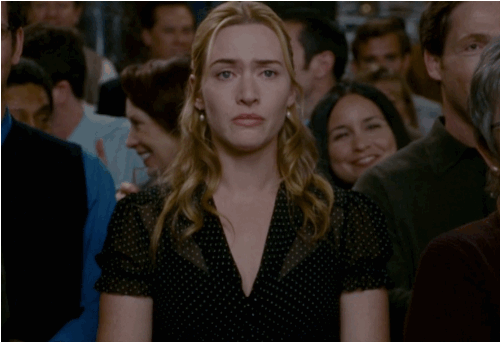
Kate Winslet in The Holiday (Columbia Pictures & Universal Pictures)
Study live action references as well as animated films.
So study live action references as well as animated films. Also be careful not to be too be too cliché or overact your sadness. Remember sadness doesn’t shout, “look at me…I’m sad,” rather people feeling true sadness actually shrink and don’t want attention brought to themselves.
I hope this helps. Happy animating!
All the best Timothy J Ingersoll.
Want to be mentored by professional animators?
Start your animation journey today by learning from animators at studios like Blue Sky, Pixar, and Sony Imageworks! Get more information about Animation Mentor’s Character Animation Program.
